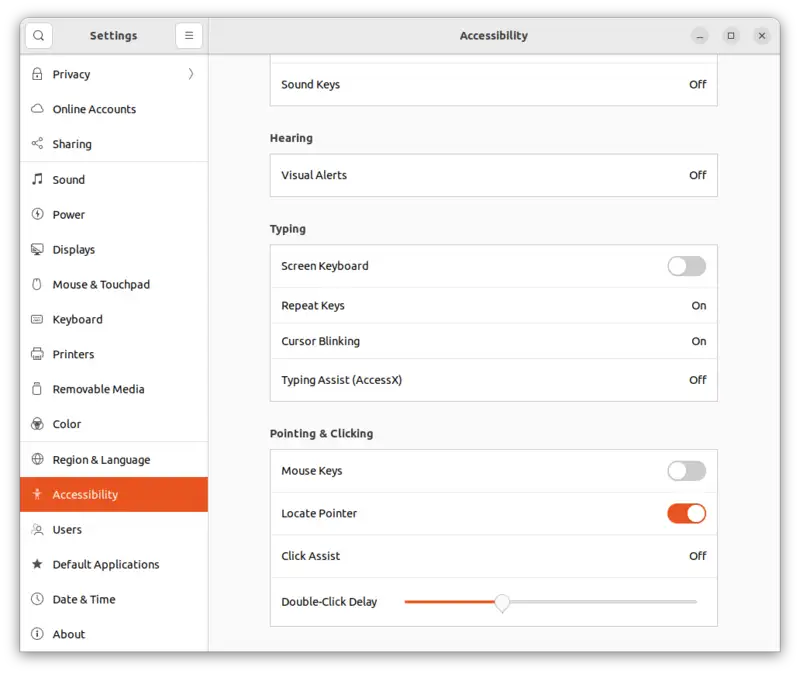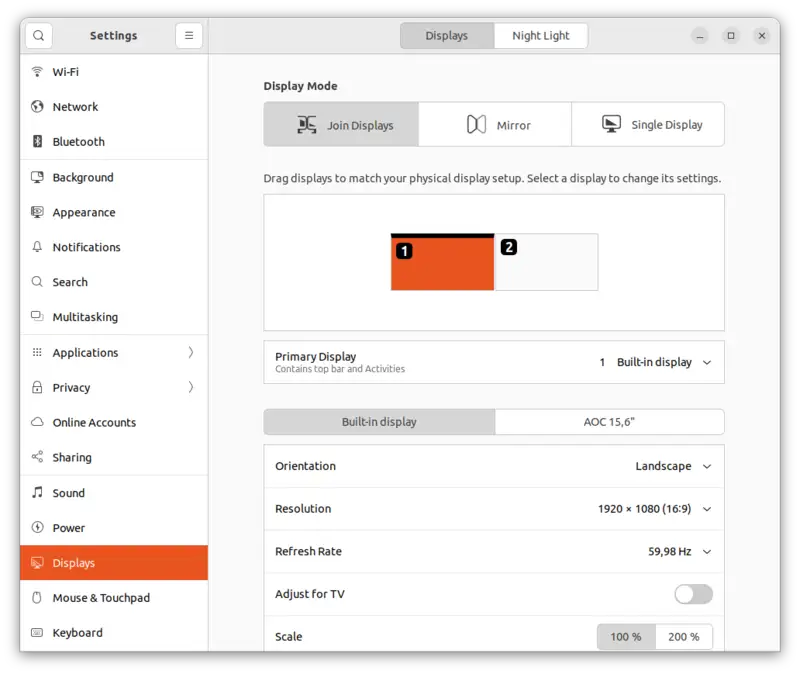FLUX.2-dev is the newest text-to-image generator introduced by the German AI company Black Forest Labs (BFL). FLUX.2.dev is the open source variant and can be downloaded and use local on your PC. It is a huge model with 32 billion parameter, 64GB in size. So you need a beefy computer with a lot of memory
https://huggingface.co/black-forest-labs/FLUX.2-dev
Luckily the Strix Halos has up to 128GB of unified memory, so it’s ideal for this huge AI models.
Easiest way to try out image, movie and audio generation is with ComfyUI.
There are several ways of installing ComfyUI, or using a toolbox, but here we follow the instructions on the ComfyUI Github repository.
Installing ComfyUI on a Strix Halo
create a virtual environment to isolate your Python install.
python3 -m venv .comfyuisource .comfyui/bin/activategit clone https://github.com/comfyanonymous/ComfyUI.gitcd ComfyUI
pip install --pre torch torchvision torchaudio --index-url https://rocm.nightlies.amd.com/v2/gfx1151/
pip install -r requirements.txt
Running ComfyUI
In short:
TORCH_ROCM_AOTRITON_ENABLE_EXPERIMENTAL=1 python main.py --use-pytorch-cross-attention
Workflow for FLUX.2-dev on ComfyUI
Here is a collection of examples how to run a specific model.
https://comfyanonymous.github.io/ComfyUI_examples/
Of course sometimes you can save some VRAM by using a quantized model
https://huggingface.co/city96/FLUX.2-dev-gguf
https://huggingface.co/city96/FLUX.2-dev-gguf/blob/main/flux2-dev-Q4_K_M.gguf
But for the best quality you wanna stick to the bf16 or fp8 models. We just downloaded all the files from the official example;
https://comfyanonymous.github.io/ComfyUI_examples/flux2/
Running FLUX.2-dev with ComfyUI on Strix Halo
The best way to start ComfyUI on a Strix Halo is by adding some extra parameters for better performance:
TORCH_ROCM_AOTRITON_ENABLE_EXPERIMENTAL=1 python main.py --use-pytorch-cross-attention --disable-mmapDon’t forget to add –disable-mmap, otherwise ComfyUI will hang.
It will take about 6 to 7 minutes to generate a 20 step 1200×600 picture. It’s not that fast, but the image quality is excellent.

 again.
again.